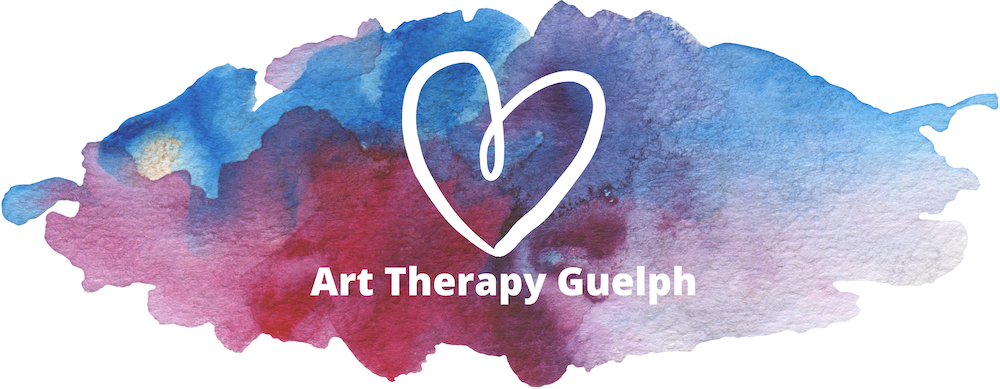
People with chronic anxiety, panic attacks and phobias have anxiety that is related to certain thoughts and physical symptoms. There are many symptoms of anxiety such as stomach aches, heart palpitations, nausea, vomiting, diarrhea, perspiration, trembling, headaches, dry mouth, restlessness, repetitive thoughts, insomnia, chest pains, irritability, lack of concentration and paranoia. People with obsessive-compulsive disorder (OCD) have repetitive thoughts that lead to an impulse to do a particular thing. These recurring thoughts are persistent and not quieted until the task is carried out. The cycle continues. It may be related to excessive handwashing, checking if the doors or locked or the stove is off for example. A person with panic attacks has a sudden sense of dread, heart palpitations, shallow breathing and chest pains. They often head to the emergency department to rule out a heart attack. Generalized anxiety disorder is characterized by excessive worry, pervasive anxiety, paranoia and agitation. However, it doesn’t typically include panic attacks.
The book “The Anxiety and Phobia Workbook”, states that these three conditions generalized anxiety disorder, panic attacks and OCD may have had a common rearing that influenced their development. Their upbringing may have been by parents who were overly corrective and fault-finding of their children. They may also have been anxious, controlling, perfectionists or overly cautious. Growing up children absorb messages about the lack of safety around them, to be cautious and so on. It may sound like this; if you use the playground equipment you may fall and break your leg. Last time you skinned your knee. Do you remember how much that hurt? If you get COVID you will be guilty of making Grandma die. Mom must be with you or you are not safe. You got 98% on the math quiz, where is the last 2%?
As children, people with pervasive anxiety disorders may have had parents that overly sheltered them. Thus they miss the opportunity to develop coping skills and resiliency from life’s trials. This can lead to feeling unsafe, overwhelmed, and fearful when challenges arise. At times these parents have their own back story that may need healing. These conditions may also have a genetic component or be from traumatic life events. Not all people fit into a box. However, the good part is there is help with art therapy. It is a form of therapy that is a combination of psychotherapy and artmaking. It's a fun and creative way to express oneself. Artmaking with an art therapist helps when words fail. Using it we can express ourselves through art. As we know we cannot always talk our way out of our feelings and emotions. They can be stored in the physical body and the nervous system, not in our logical minds. That is why at times talking about anxiety rationally does not always create change. Anxiety can be a felt sense and not always related to thoughts. In the session, we work on someone’s goals, use art as the medium for expression and discuss the art. Through this method, it provides opportunities for deeper reflection, self-exploration, personal growth and coping tools.
For more information about Art Therapy Guelph and how we can help, please contact us.
